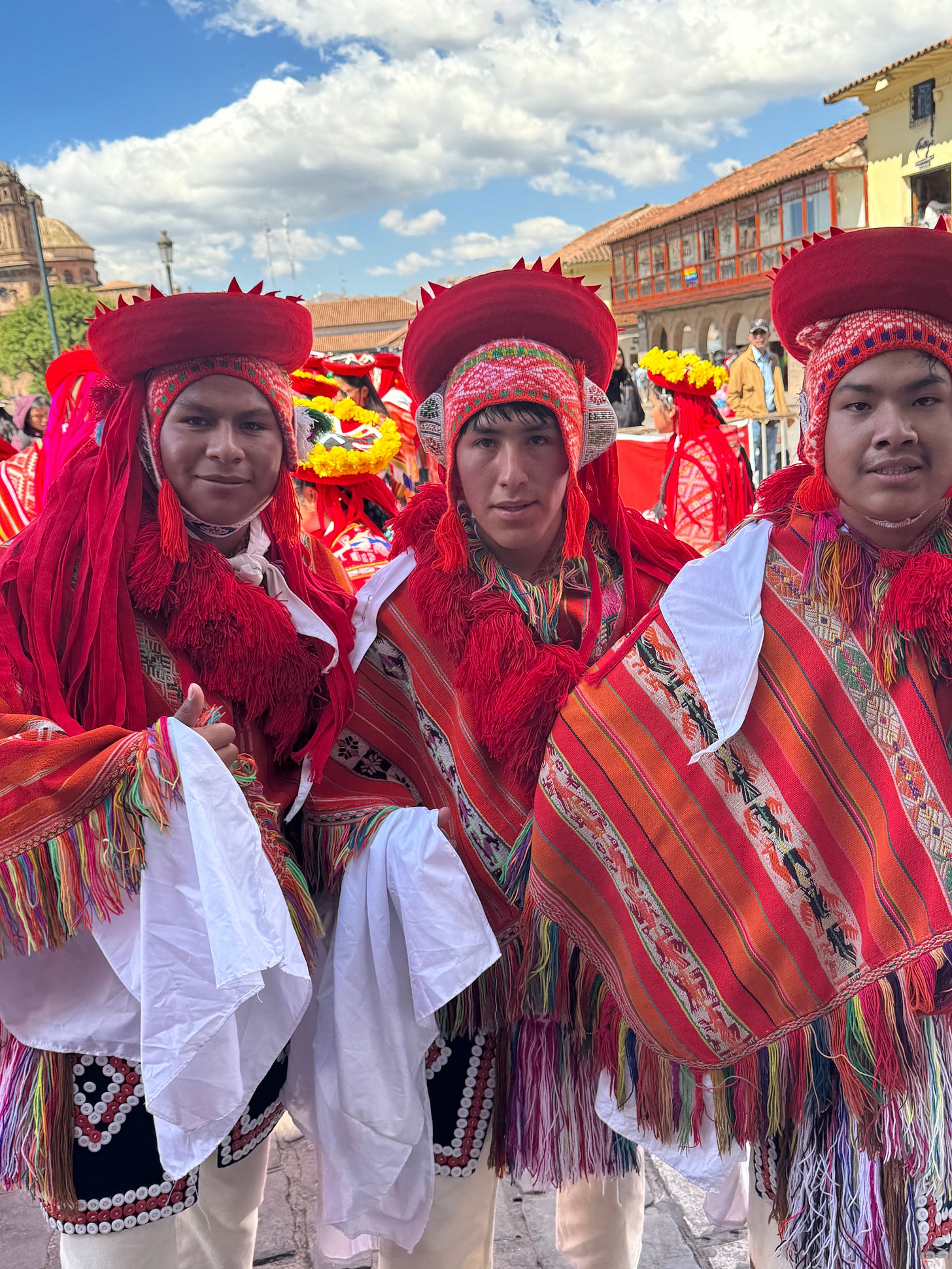Stones, Snakes, and Sacred Streets: Ancient Cusco Endures
Cusco is no relic. It's a living city layered with centuries of stone, story, and survival. From Incan serpents to Quechuan songs, history whispers through the streets.
The city of Cusco is ancient—its origins stretch back more than 3,000 years. It’s one of the oldest continuously inhabited cities in South America, and its bones still show. Like an archaeological dig, you can see the strata: original Incan walls at the base, topped by the Spanish colonists’ rougher stonework, and finally capped with today’s mix of brick, mortar, and steel.
Even now, massive stones carved by Incan hands around 1200 AD remain perfectly fitted together, without mortar. These walls have withstood centuries of earthquakes, colonial conquest, and modernization. Their craftsmanship feels like a quiet defiance—solid, intentional, enduring.
On a street called Siete Culebras—“Seven Snakes”—you’ll find, at one unassuming corner, seven serpents carved into the stone. Their shapes slither subtly across the masonry. It’s not a museum exhibit; it’s part of the living skeleton of a city still in motion. Urban planning here wasn’t just functional—it was symbolic, spiritual, and artistic. From the planners of 800 years ago to today’s GPS systems, the street names endure.
Cusco’s past is also embedded in its street life. Along the narrow cobblestone alleys—some with sidewalks barely wide enough for one person—shopkeepers peer out from open doorways. One store sells modern pharmaceuticals, the next bursts with alpaca wool garments. Another offers paintings inspired by the surrounding landscape; the next hawks plastic trinkets and bottled water. The layering of centuries happens block by block, breath by breath.
The Spanish left their mark with cathedrals, plazas, balconies, and baroque facades—but indigenous identity is far from buried. In the heart of the city, in the Plaza de Armas, teams of dancers in traditional Quechuan attire perform just outside the great cathedral. Its doors are closed, but the celebration is alive. Culture doesn’t need a permit to survive.
Today, I met a man who spoke almost entirely in Quechua—the ancient language of the Andes. His words, though unfamiliar, carried something deeper: a cultural memory still very much alive.
In Cusco, the stones speak. And if you’re still enough, you can hear them.



I love the imagery about the shapes slithering across the masonry. I feel like I can visualize what you are seeing!